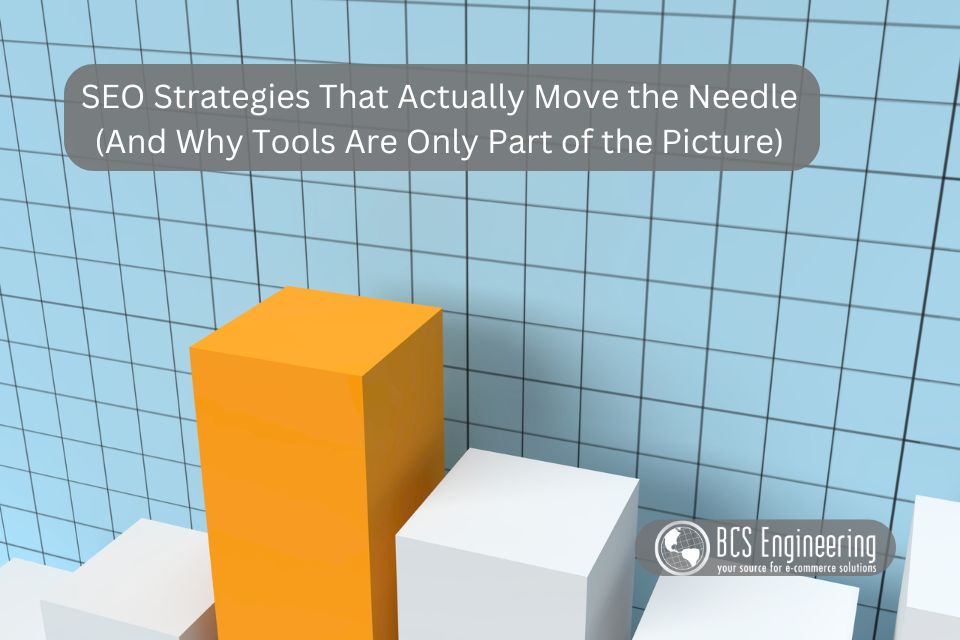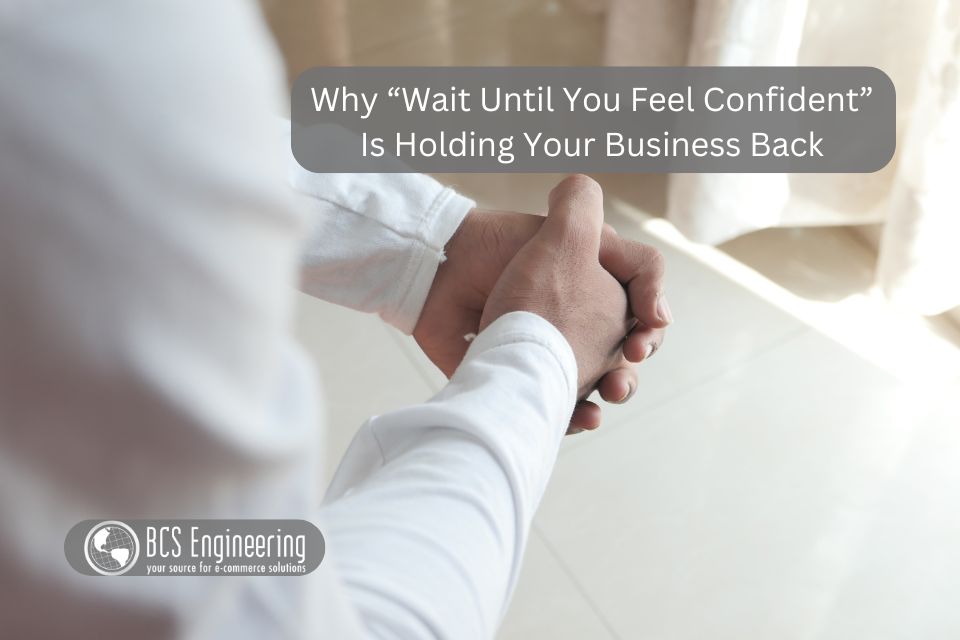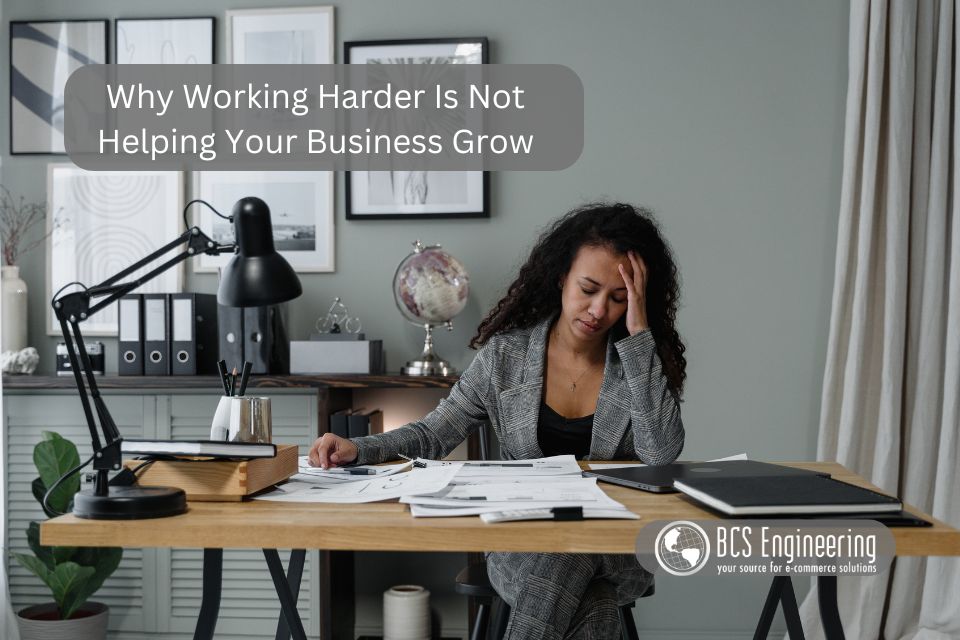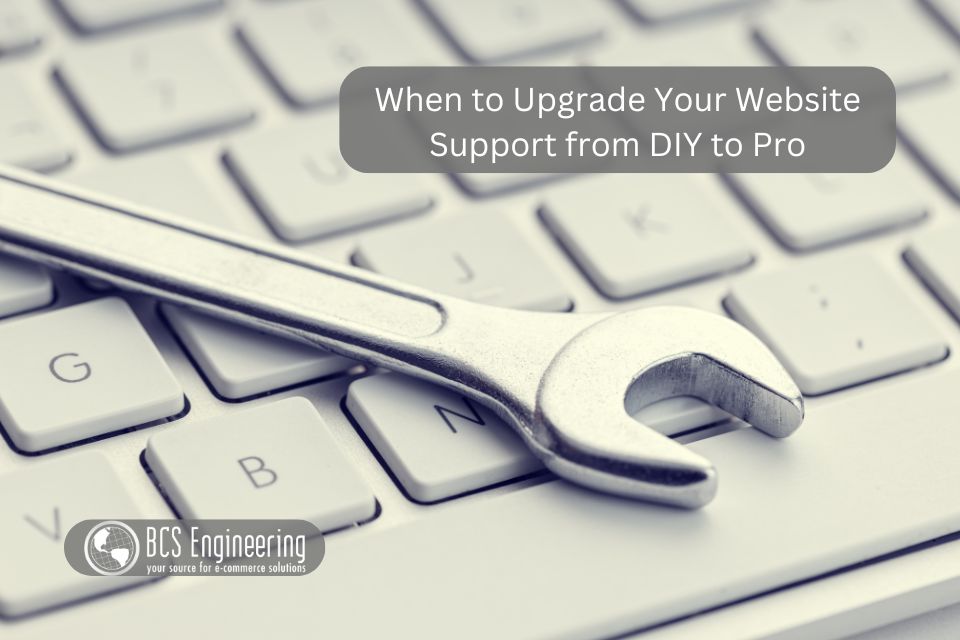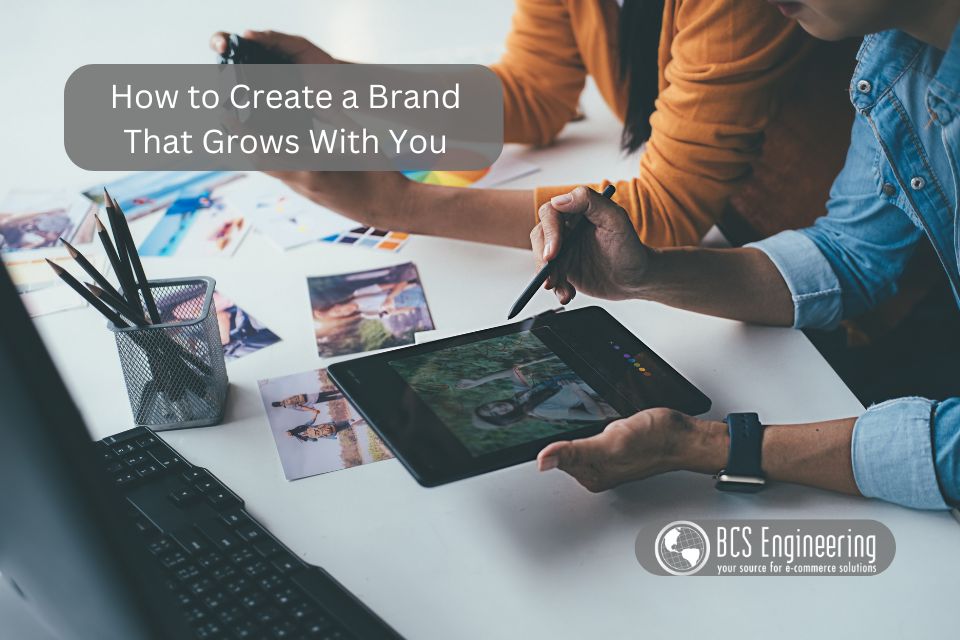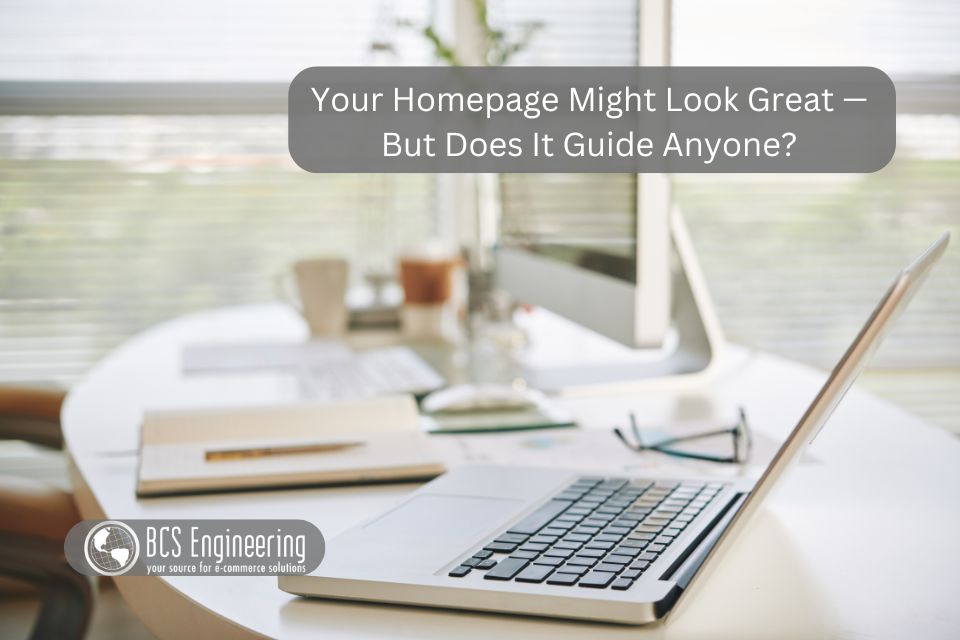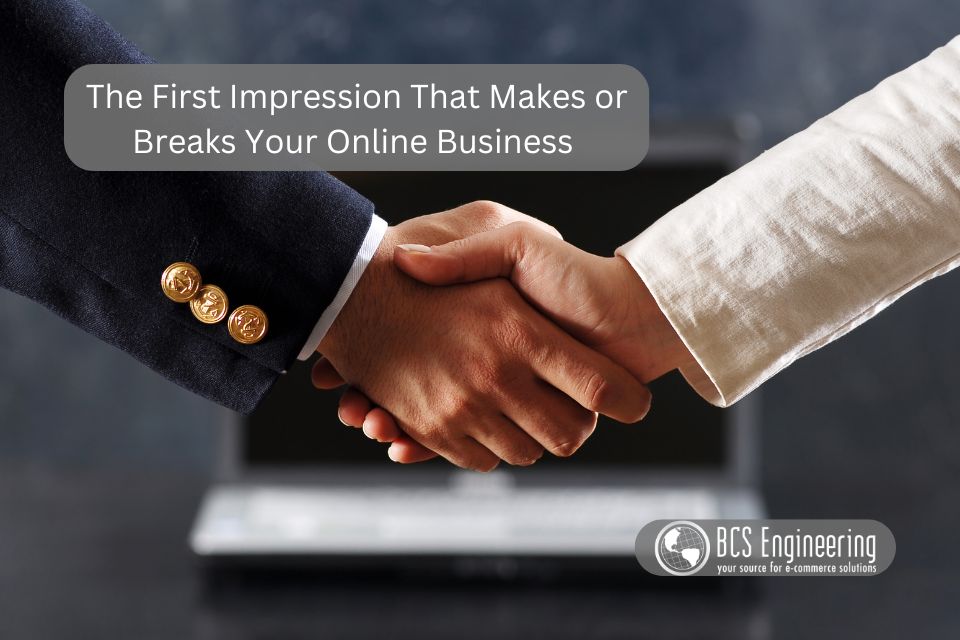If you run a business online, you’ve probably heard a lot about social media ads. Platforms like Facebook and Instagram let you put your message in front of people who might never see your posts otherwise. But like any marketing tool, ads come with both great opportunities and real challenges.
In this blog, we’ll break down why social media ads can be powerful, where they can fall short, and how you can get started with confidence, even if you’re new to advertising.
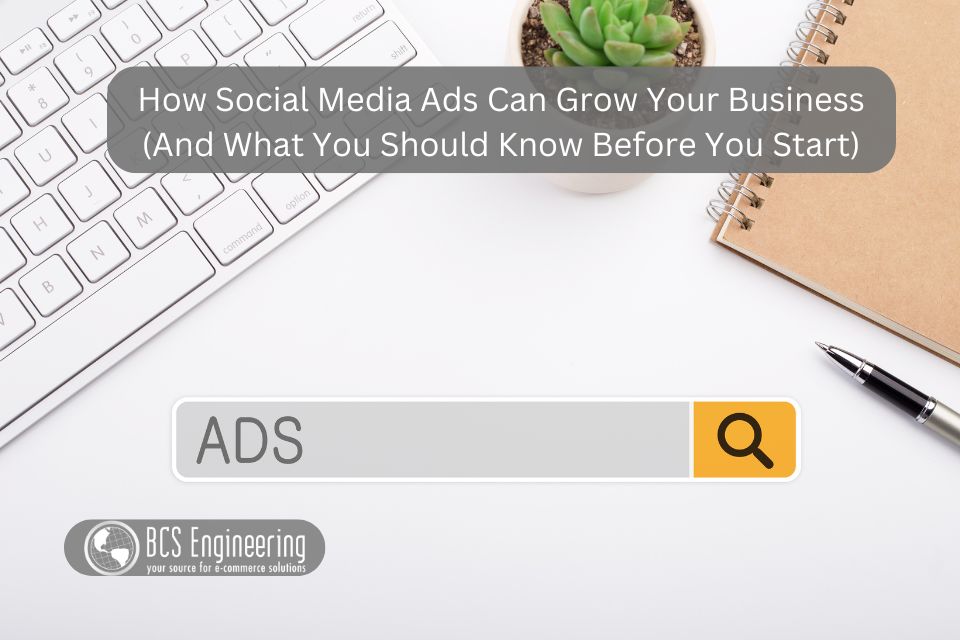
Why Social Media Ads Matter for Your Business
Social media ads let you target specific audiences, meaning you’re not just broadcasting to anyone, you’re reaching people who are likely to care about your offer.
Here’s what makes them valuable:
Reach without limits
You can get your business in front of thousands of potential customers who aren’t already connected with you organically.
Precision targeting
Instead of hoping the right people see your posts, you can define audiences based on interests, behavior, demographics, and more.
Scalable results
If one campaign works, you can increase your budget, test variations, and grow what’s working systematically.
Data to guide decisions
Social platforms give you performance insights so you can see what resonates and what doesn’t, and tweak accordingly.
All that sounds great, but it wouldn’t be honest if we didn’t talk about some of the real trade-offs.
The Other Side: What You Should Watch Out For
Running ads isn’t magic. Here are some common downsides business owners face:
Cost can add up fast
If your ads aren’t set up right, you can spend money without getting meaningful results.
Learning curve
The ads dashboards and targeting options look overwhelming at first, and it does take time to learn what works.
Requires testing
Most ads won’t be instant hits. Successful campaigns often come from testing different creatives, messages, and audiences before you find what resonates.
You still need a strong offer
Ads amplify what’s already working. If your offer or landing page isn’t solid, you won’t get the return you want—even with great targeting.
These realities don’t mean ads aren’t worth it. They just mean going in with the right expectations will save you time, money, and frustration.
Not Sure Where to Start? This Podcast Is Your Shortcut
If you’re curious about social media ads but feel daunted by the tech or strategy, we’ve got a resource that can help.
🎧 Listen to the podcast: The One Ad That Works: Run Winning Facebook Ads Without a PhD in Advertising
In this episode, host Carrie talks with ad strategist Leo Tabibzadegan about how to get started with social media ads even if you’re brand new and feel overwhelmed by the process. The conversation cuts through the jargon and focuses on simple, effective strategies, like choosing the one ad format that’s most likely to work for beginners and how to test your message without overspending.
You’ll learn:
- The ad format to start with so you don’t get lost in complication
- How to reduce overwhelm and focus on real impact
- Why ads are really about earning attention, not forcing sales
- How to use tools (like AI) to make ad creation easier and faster
This episode is especially valuable if you’re ad curious but ad nervous, the perfect mindset phase for most business owners just getting started.
Ready to Grow Smarter with Ads?
If you’ve been hesitating on paid advertising, now’s a great time to explore with strategy, not stress.
👉 Click here to listen to “The One Ad That Works: Run Winning Facebook Ads Without a PhD in Advertising.”
It might be the insight you need to go from overwhelmed to confident with your next campaign.
